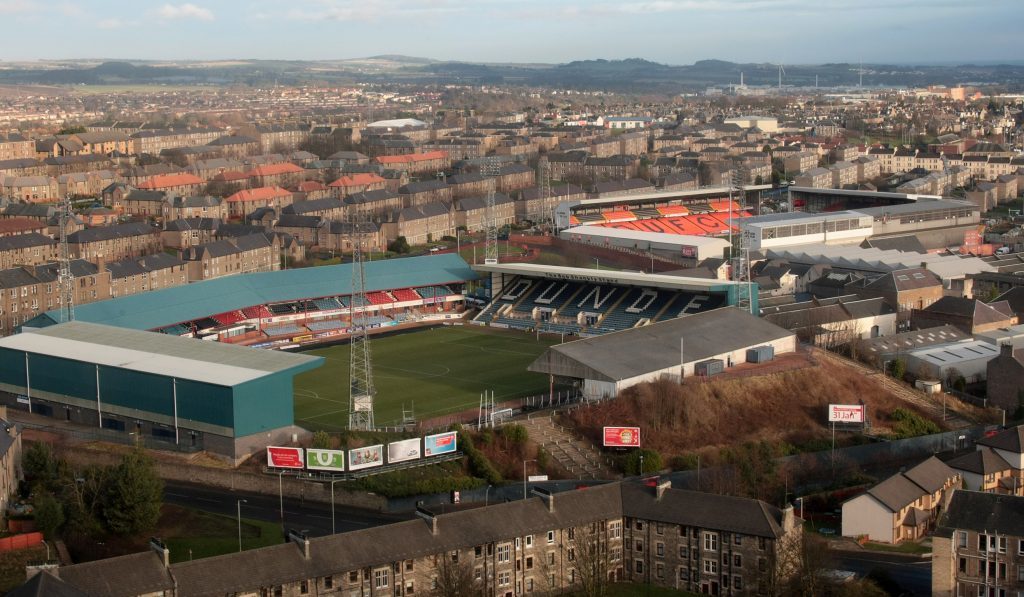Is it time for a United Dundee: a one team football city for the modern age?
A brand new city team playing at a new purpose built ‘Discovery Stadium’, jammed to bursting for every game.
The day of the dinosaur is long past and I think both city clubs could be heading for an extinction even if they don’t engage in some rapid Darwinian thinking.
Survival of the fittest may soon require both sets of supporters to put ancient rivalries aside to ensure the continuation of the species.
The time may have arrived for a one club city with a support base to compete with other big city clubs like Aberdeen, Hibs and Hearts, all of whom have more than double the regular home core attendances at Dens and Tannadice.
If anything did ever distinguish the two sets of city supporters from each other, it no longer does. Their respective histories forged over a century ago are now ancient script in a changing football story.
Fans of both clubs can continue to gaze wistfully into their beer recalling the good old days which will never return, or they could contemplate building a new club, free of petty tribalism, and representing and embracing everyone in a rapidly changing city: a club with a reasonable chance of competing successfully in the modern football landscape.
In a city of 160,000 souls, a third the size of Edinburgh, and with 70 thousand fewer folk than Aberdeen, both Dundee and United face an unequal and losing battle trying to compete at the top end of the Scottish game.
A unified city side playing at a custom built new stadium would allow joint investment and sponsorship from the business community, and stop the slow lingering descent into football irrelevance.
Individually the core supports of the two sides simply don’t allow either of them the financial muscle to match the other traditional city teams, and with the sugar daddy benefactor model of football as burst as a wet paper bag, radical new thinking is required.
Taken together, the home core support at both Dens and Tannadice is around 11,000 and that’s with one team struggling in the top league and another fighting to escape the second tier. That gives potentially a solid base to build on to match the rest.
At Dens, the American investment has not been rewarded with any great upsurge in attendances, and at Tannadice the Thompson family involvement is surely nearing its end.
There was at one time in the city a healthy tradition amongst fans of crossing the street regularly to see both sides, my father was one of them. With good marketing and a strong business plan, a one team town could witness a powerful renaissance for top flight football in Dundee.
If we were starting football afresh in Dundee, straight from the drawing board and unhindered by tradition, would we have two teams playing one hundred yards apart in two decaying stadiums, each only used for a handful of hours every fortnight?
The answer is surely no.
The question is, has the time now arrived to think the previously unthinkable?










